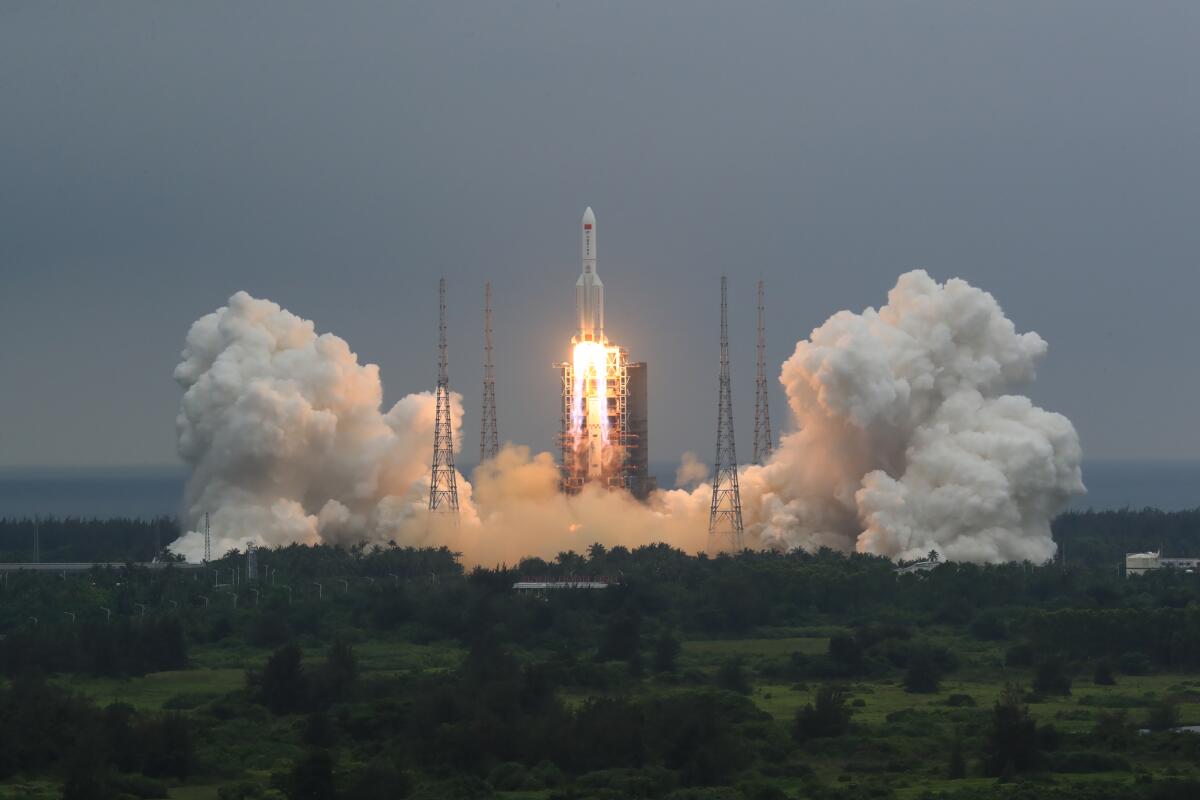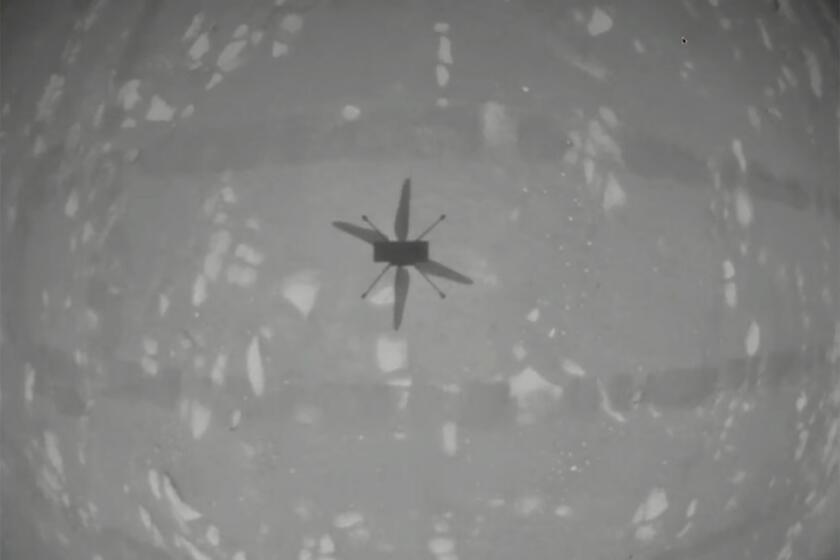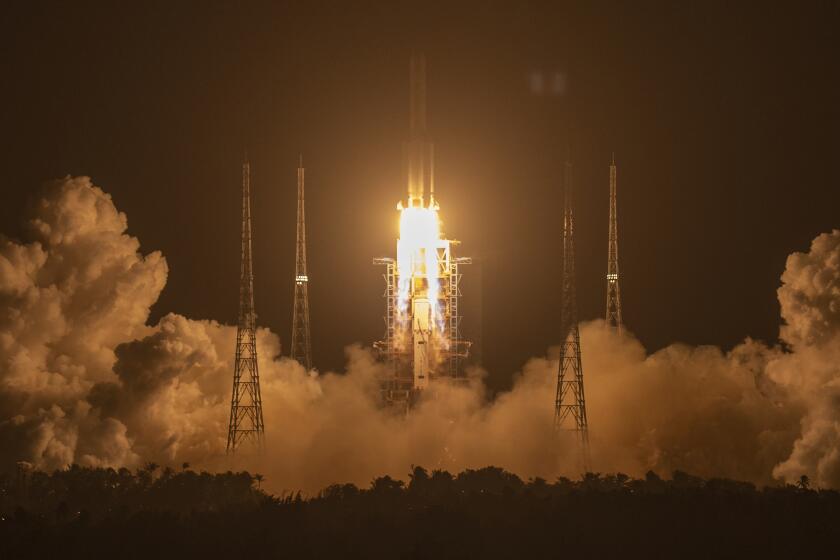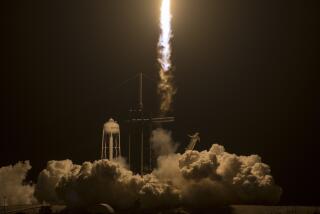China discounts possibility of harm from rocket about to plunge to Earth

- Share via
BEIJING — China says the upper stage of the rocket that launched the core module of its space station will mostly burn up on reentry to Earth, posing little threat to people and property on the ground.
Foreign Ministry spokesperson Wang Wenbing said Chinese authorities would release information about the reentry of the Long March 5B rocket, expected over the weekend, in a “timely manner.”
Wang said China “pays great attention to the reentry of the upper stage of the rocket into the atmosphere.”
“As far as I understand, this type of rocket adopts a special technical design, and the vast majority of the devices will be burnt up and destructed during the reentry process, which has a very low probability of causing harm to aviation activities and the ground,” Wang said at a news briefing.
The largest section of the rocket that launched the main module of China’s first permanent space station into orbit is expected to plunge back to Earth as early as Saturday at an unknown location.
Usually, discarded rocket stages reenter the atmosphere soon after liftoff, normally over water, and don’t go into orbit.
NASA’s experimental Mars helicopter rises from the dusty red surface into the planet’s thin air, achieving the first powered flight on another planet.
China’s space agency has yet to say whether the main stage of the huge Long March 5B rocket is being controlled or will make an out-of-control descent. China’s first space station, Tiangong-1, crashed into the Pacific Ocean in 2016 after Beijing confirmed it had lost control.
The Communist Party newspaper Global Times said the new rocket stage’s “thin-skinned” aluminum-alloy exterior will easily burn up in the atmosphere, posing an extremely remote risk to people.
The U.S. Defense Department expects the rocket stage to fall to Earth on Saturday.
Where it will hit “cannot be pinpointed until within hours of its reentry,” the Pentagon said in a statement Tuesday.
China and Russia plan to build a lunar research station, possibly on the moon’s surface, marking the start of a new era in their space cooperation.
White House Press Secretary Jen Psaki said Wednesday that the U.S. Space Command was “aware of and tracking the location” of the Chinese rocket.
The nonprofit Aerospace Corp. expects the debris to hit the Pacific Ocean near the equator after passing over eastern U.S. cities. Its orbit covers a swath of the planet from New Zealand to Newfoundland.
The Long March 5B rocket carried the main module of Tianhe, or Heavenly Harmony, into orbit April 29. China plans 10 more launches to carry additional parts of the space station into orbit.
The roughly 100-foot-long stage would be among the biggest pieces of space debris to fall to Earth.
More to Read
Sign up for Essential California
The most important California stories and recommendations in your inbox every morning.
You may occasionally receive promotional content from the Los Angeles Times.















